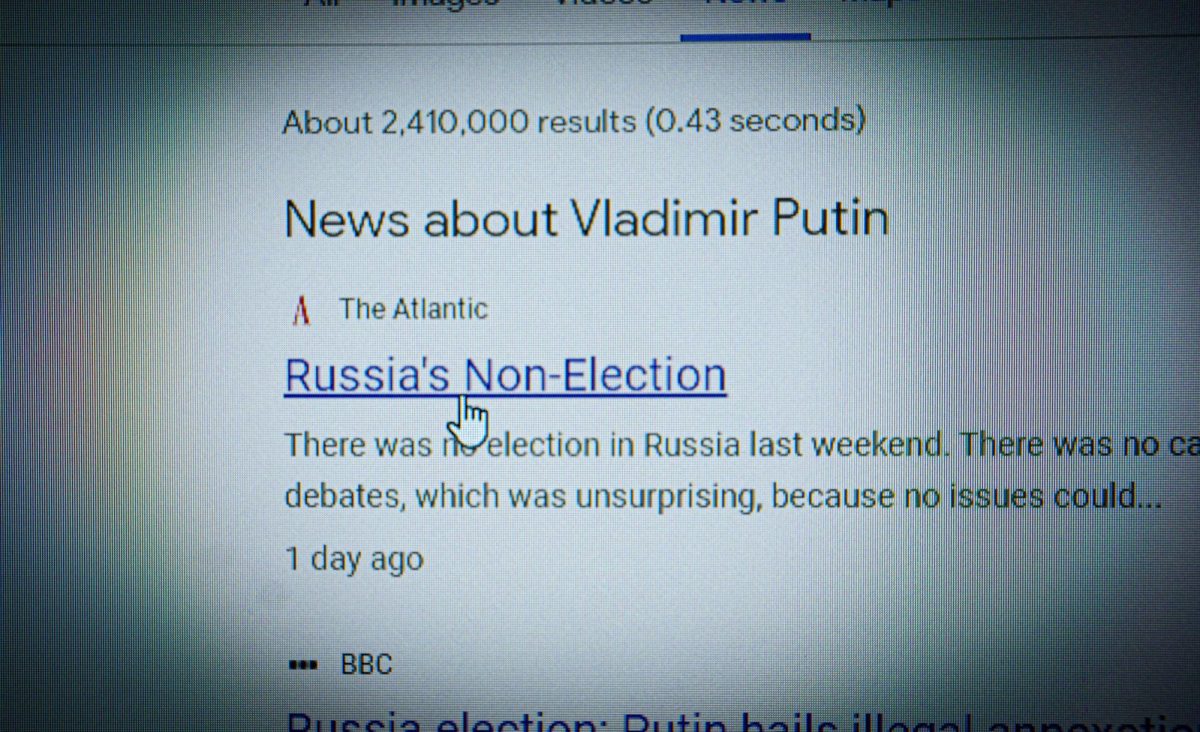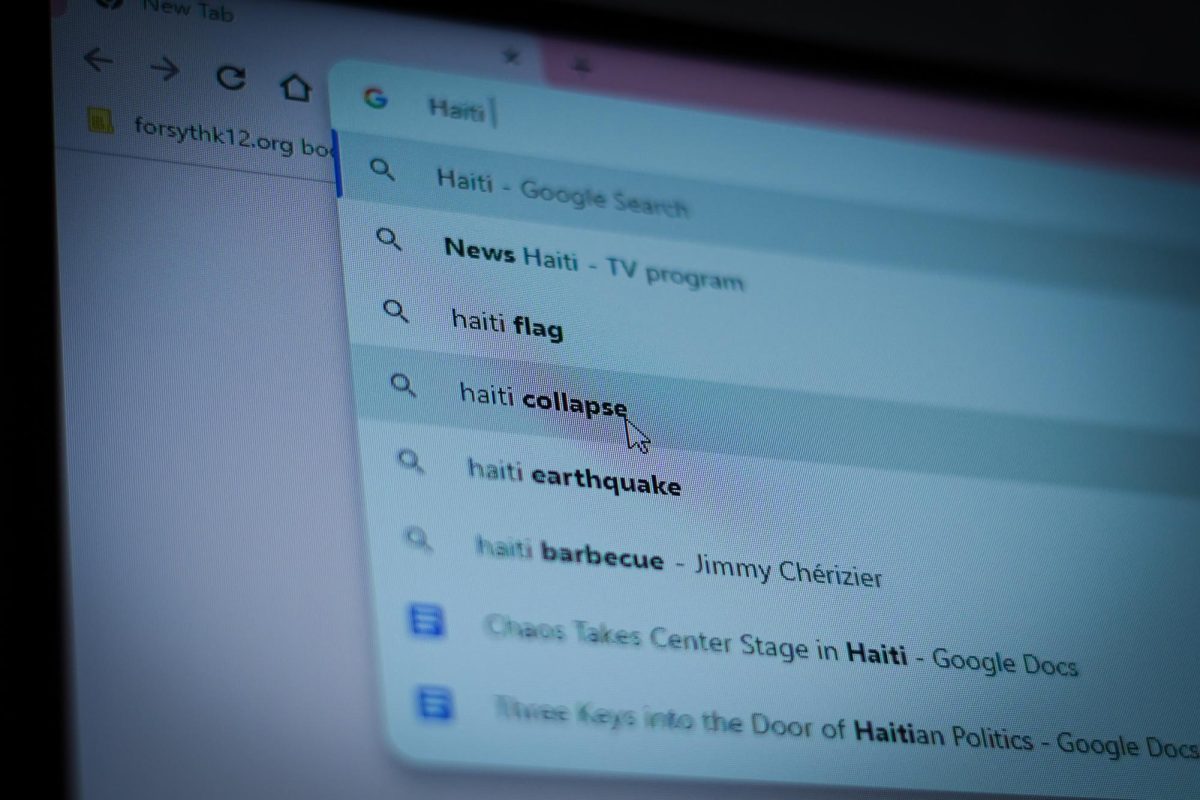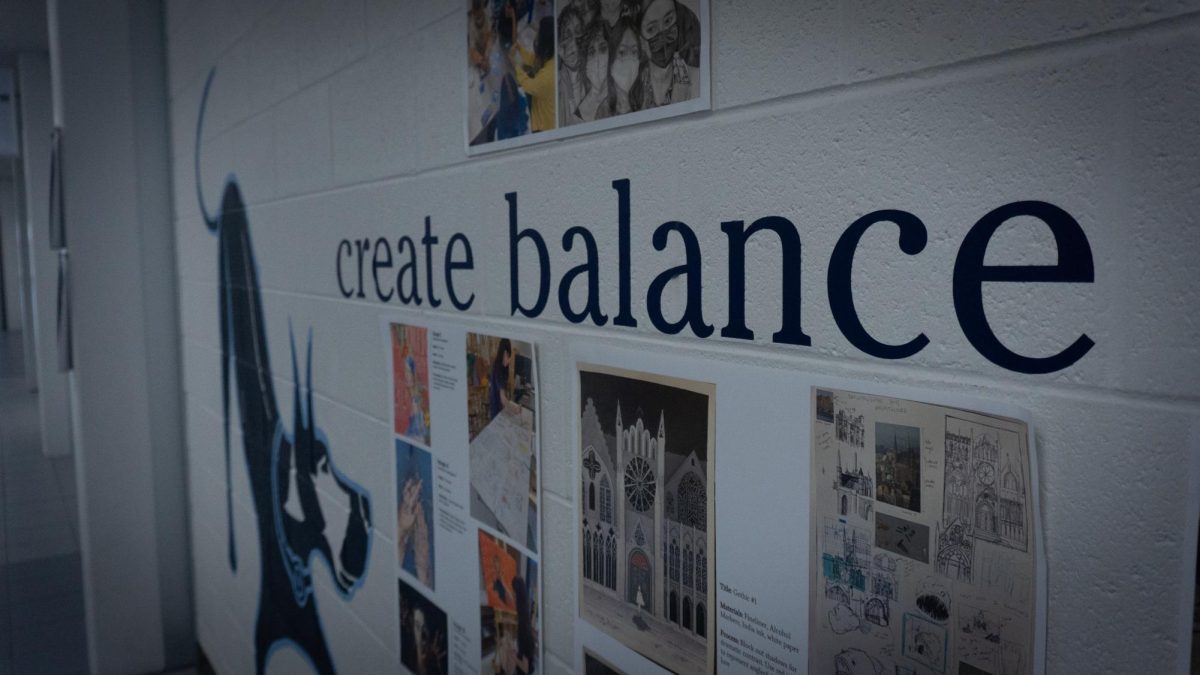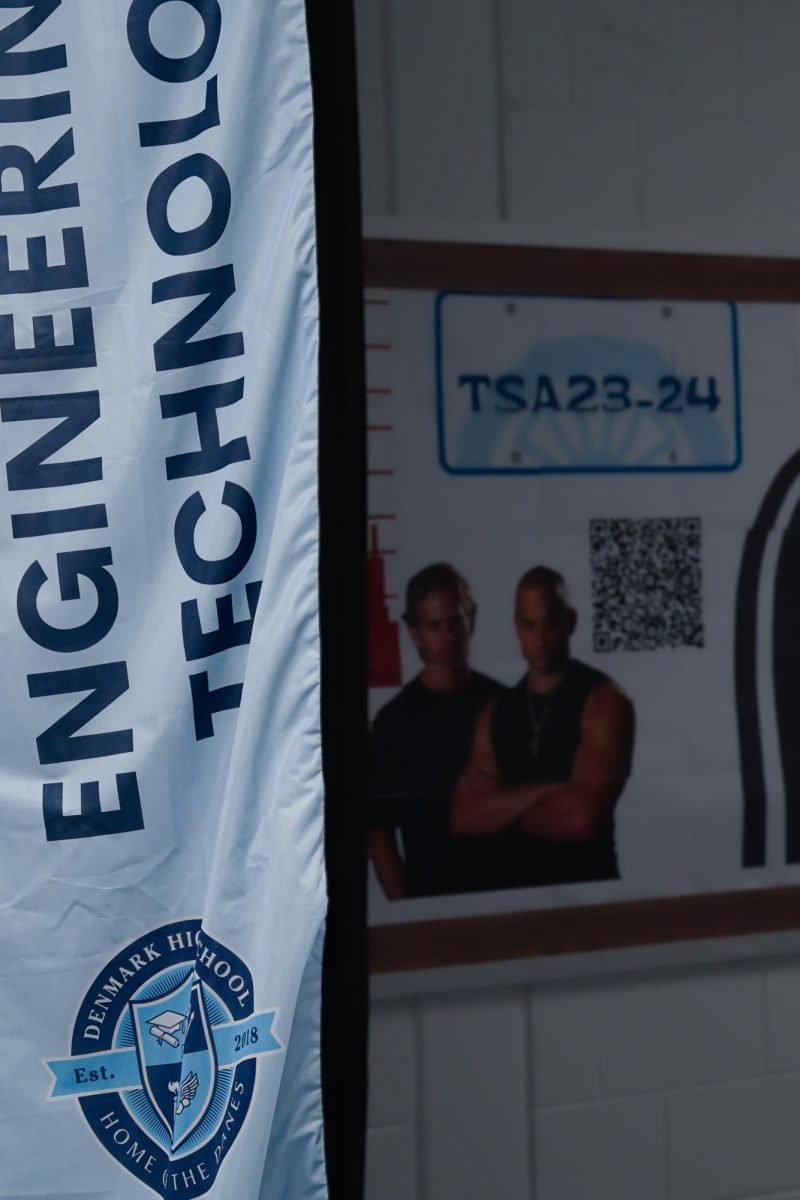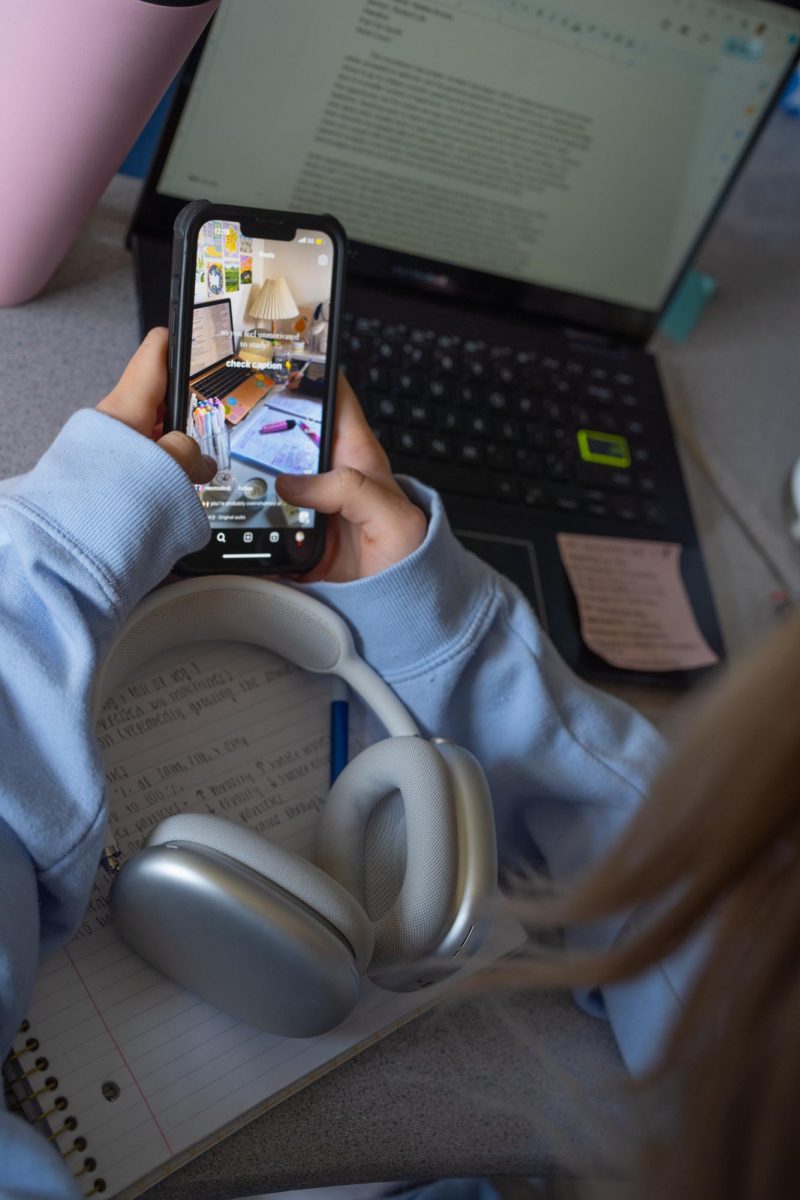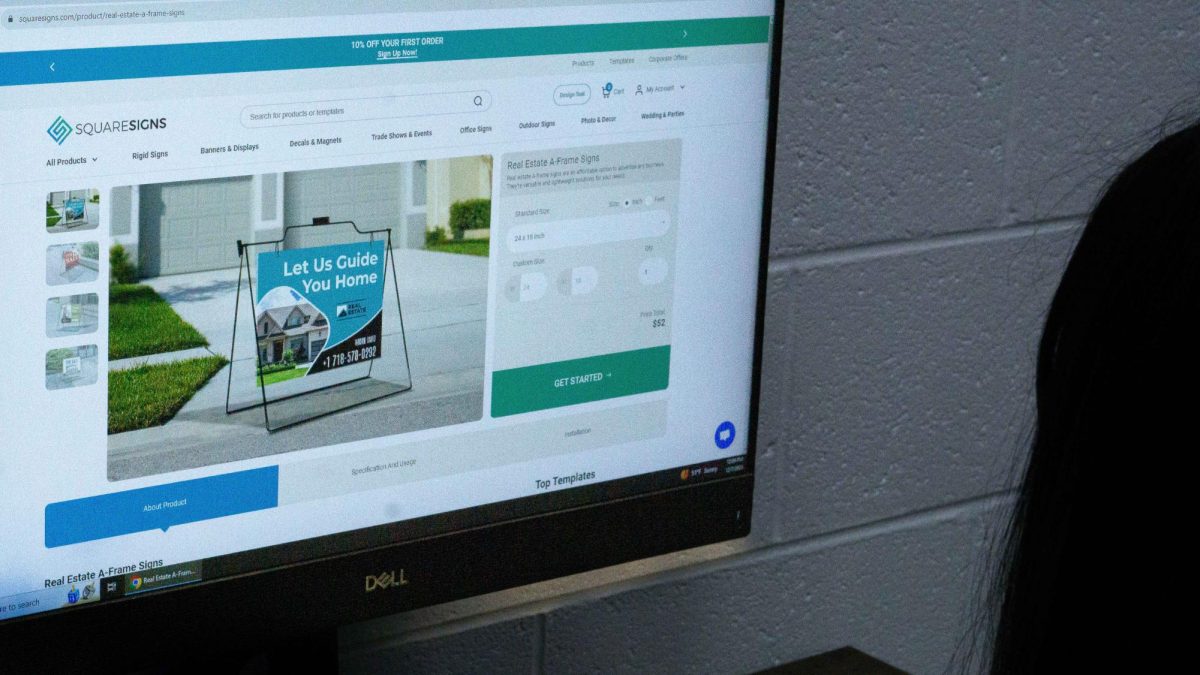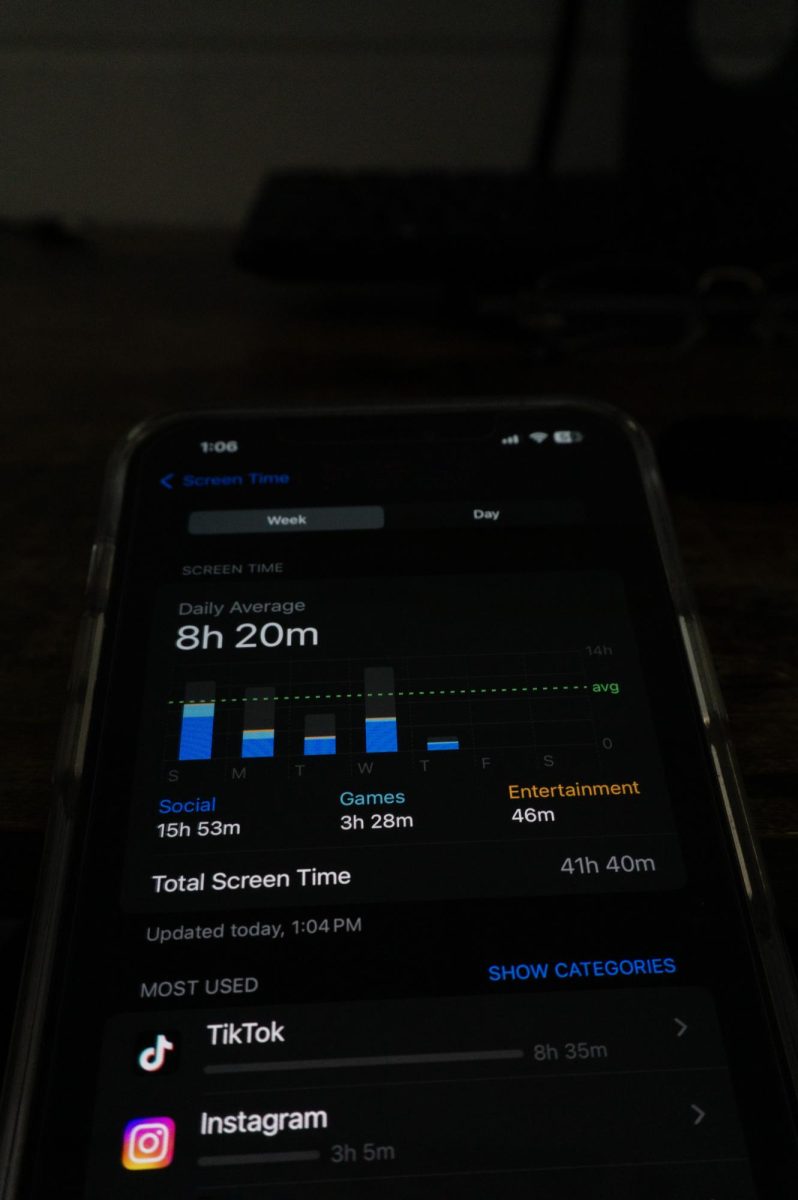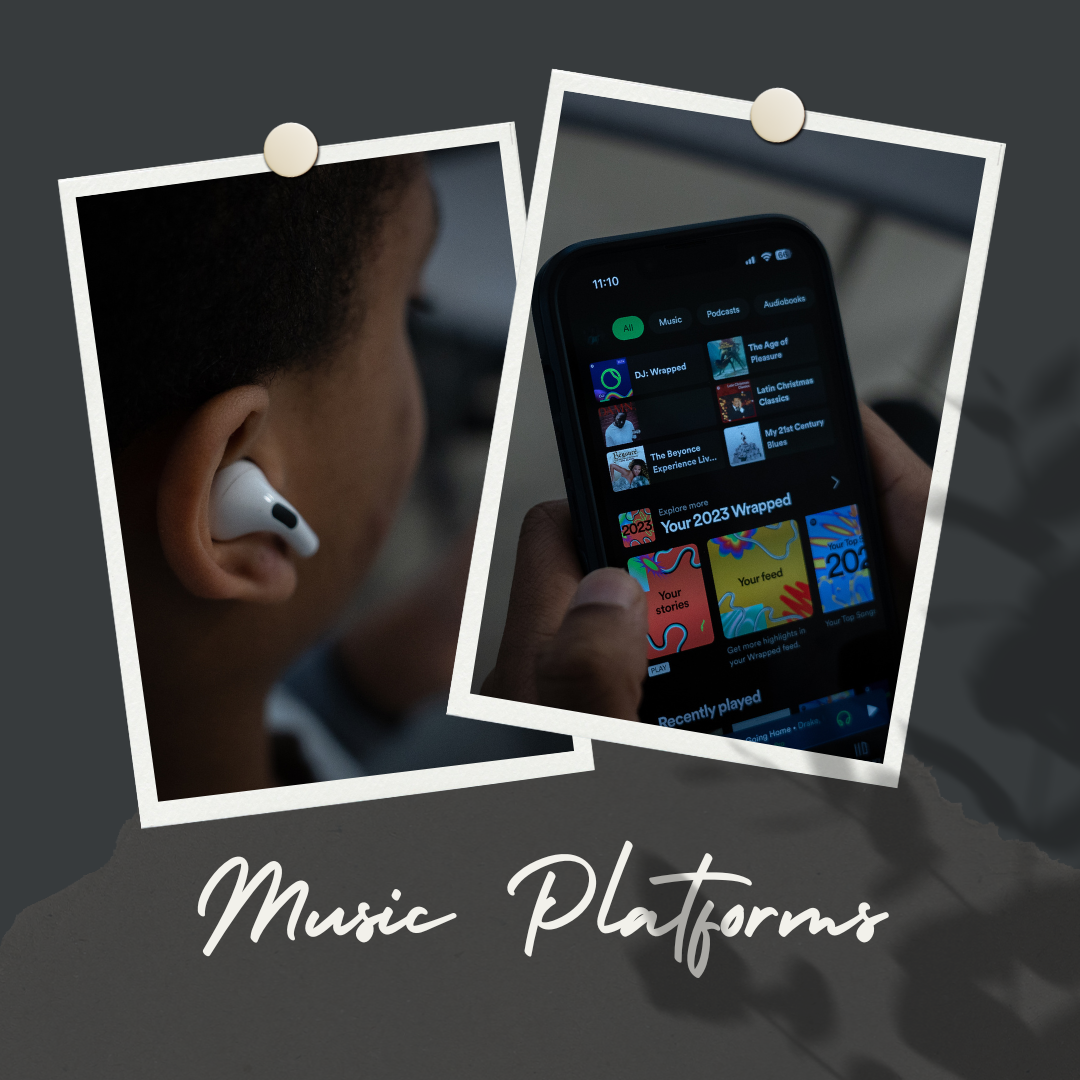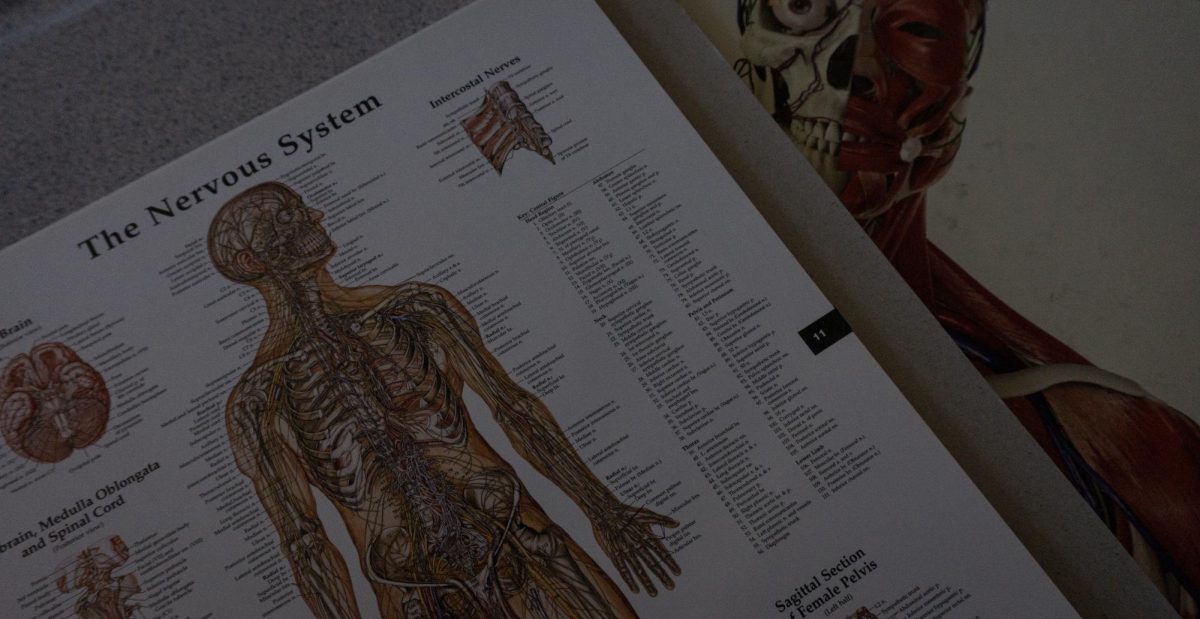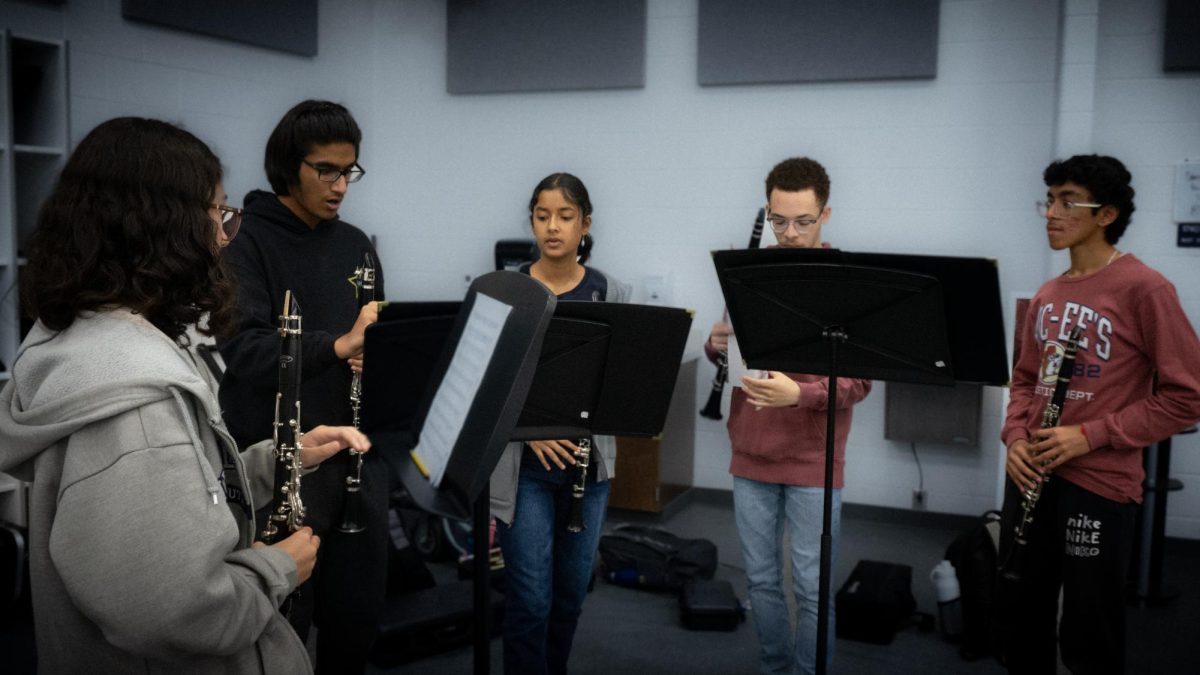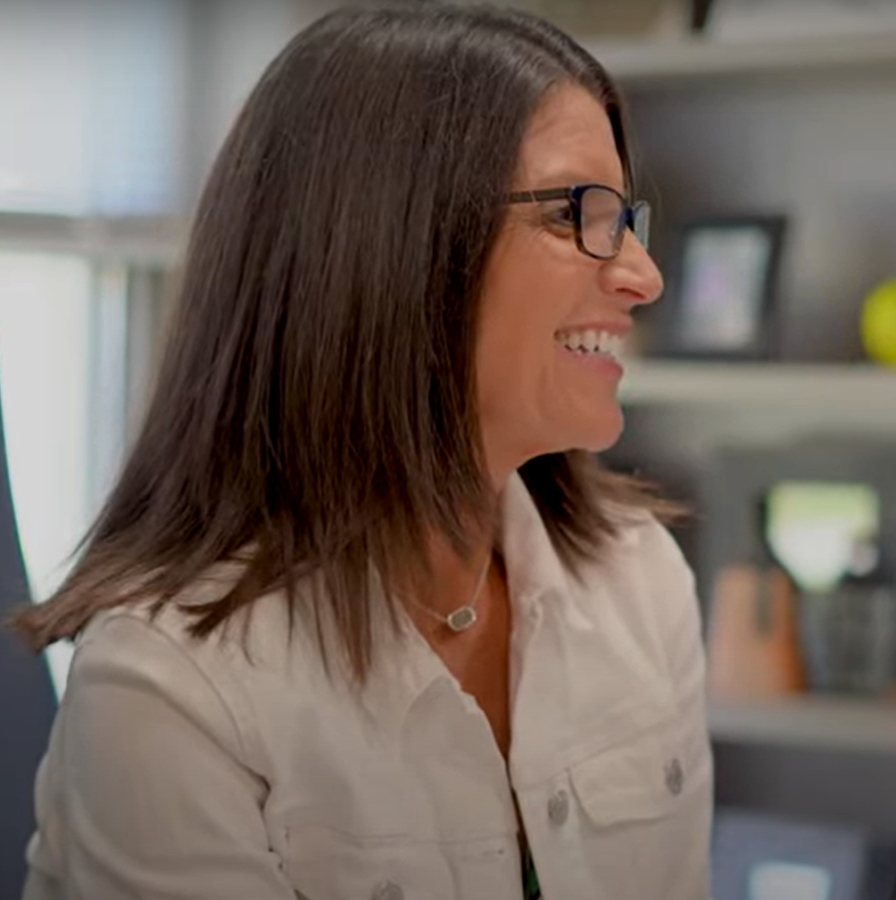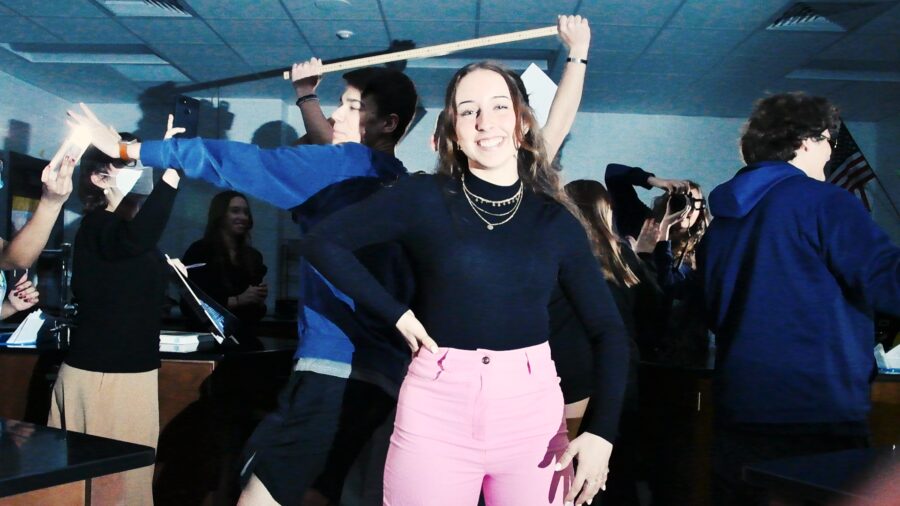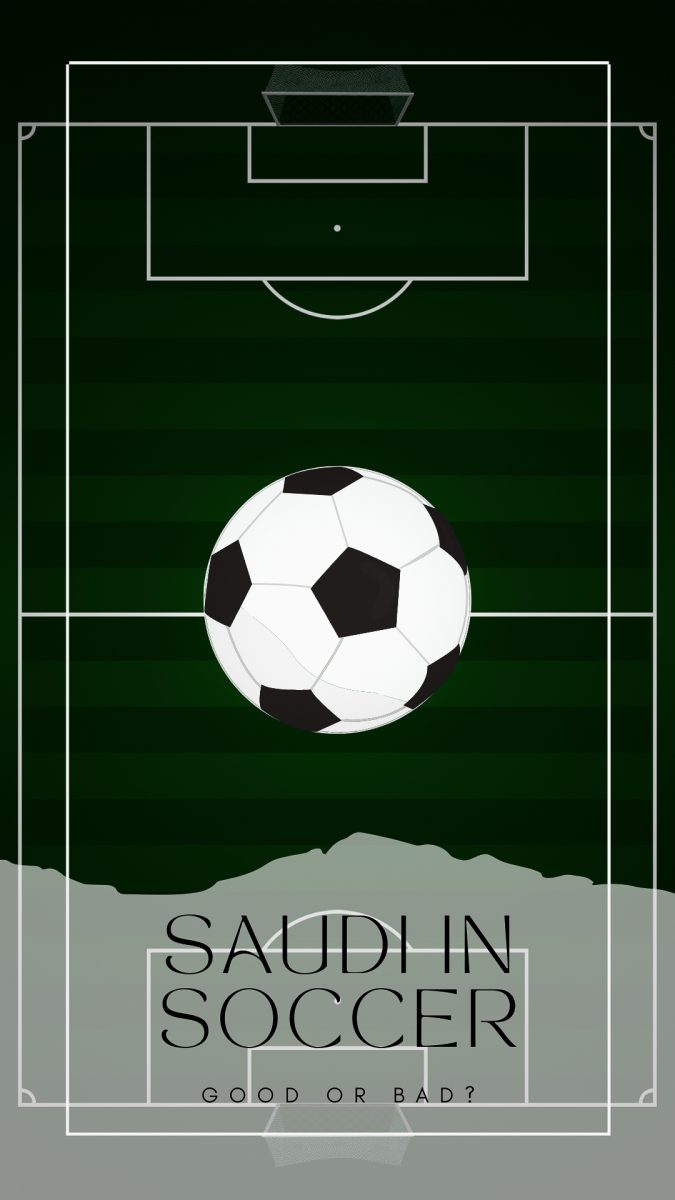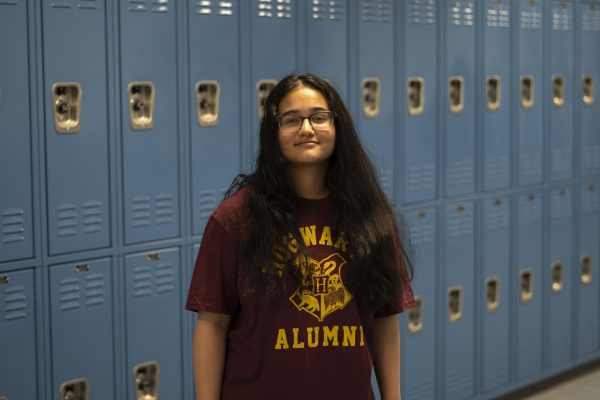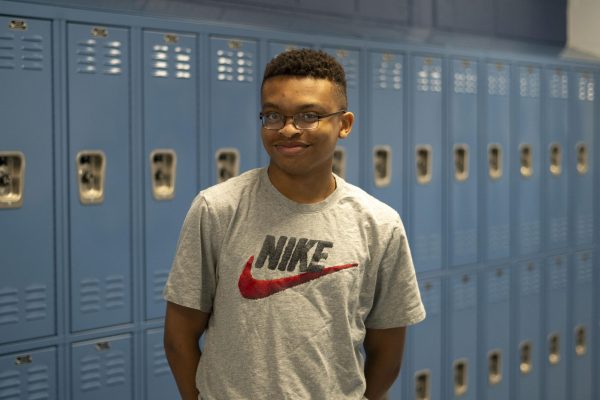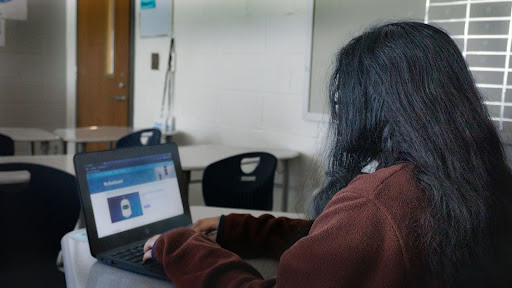
(Brendan Thornton)
The clicking of keyboards is rapidly drowning out the squeak of dry erase markers and the flipping of pages as technology is being increasingly integrated into classrooms. Smartboards are now standard in American schools and Google Docs is used just as much as pen and paper. These technological advancements have certainly expanded the limits of education, but have they truly changed the system for the better?
From a student perspective, technology has made learning easier and much more attractive. Instead of endless note taking and reading stale textbooks, students often watch educational videos that appeal to different attention spans and learning styles. Denmark junior Anika Kulkarni cites the review videos on CollegeBoard, AP Classroom, and YouTube as “the most helpful [resources] when preparing for unit tests or AP exams.” On top of educational videos, study websites like Quizlet, Kahoot, and Gimkit effortlessly turn vocab lists into virtual flashcards and games, and math practice sites like Delta Math contain innumerable amounts of practice problems. All these sites and apps are easily accessible on numerous devices for group or individual learning.
Technology has given teachers more creative liberties when it comes to creating lesson plans. There are endless online resources that teachers can rely on to create the perfect assignment, such as PhET Interactive Simulations, which turns dangerous science experiments into safe virtual labs. Mr Christopher Urban, Denmark’s Intro to Software Technology and Cloud Computing teacher, utilizes the Microsoft suite, Code.org, and Khan Academy to create an engaging learning environment. He enjoys how “leveraging digital resources allows [teachers] the ability to accelerate, differentiate, and remediate learners,” but laments at how they must depend on a stable internet connection and working devices– if the tech is broken, so is the lesson.
“Students were hyper focused on their devices to a point where they didn’t know what was happening around them.”
Some school systems have even updated their curriculum to accommodate the rapid rise of technology; a notable example would be Denmark’s addition of an artificial intelligence pathway. Both Kulkarni and Mr Urban agree that the greatest benefit of these technological classes is the experience students will gain working with mainstream professional tools. While Mr Urban was hiring at Microsoft, he found that many college graduates lacked experience with applications such as Amazon Web Services, Google Cloud, and Microsoft Azure. In fact, this was “a big reason why [he] wanted to teach Cloud Computing at Denmark.” While Kulkarni does not plan on pursuing a career in STEM, her Business Technology class “greatly expanded [her] perception of the technological applications that are necessary for the business world.” Integrating technology into the curriculum is turning students into competitive candidates for not only college, but for future high paying jobs as well.
Teachers and students alike sing technology’s praises, but the constant use of devices at school has its drawbacks. During his first year at Denmark, Mr Urban “was all for actively using phones and such during classroom time,” but his stance shifted once he saw “how students were hyper focused on their devices to a point [where] they didn’t know what was happening around them.” Even Kulkarni agrees that her devices and social media distract her from schoolwork to a point where she completes assignments “hours after [she] planned to.” Mr Urban concludes that “students not engaged in physical life struggle with how to solve problems at large.” He encourages students to “unplug” and “experience the world around [them]!”
A common argument is that today’s generation relies on spellcheck, online dictionaries, calculators, and even artificial intelligence to do their work for them. Kulkarni feels as though “many students use these resources as a life jacket,” but when used properly, “having a calculator or a reference dictionary is extremely helpful.” Both Kulkarni and Mr Urban are pushing for ethical use of digital tools in school, whether that’s limiting calculator use or using AI for purely brainstorming purpos

es. Mr Urban in particular believes that schools have a responsibility to explain to “learners in the classroom that they are only shorting their own [education] by cheating or thinking they are getting ahead by using AI.”
There is no definite answer to whether technology is doing more harm or benefit to students, but Kulkarni does propose a way to ensure that tech helps students succeed: “Technology should be further integrated into the classroom, as long as it supplements the learning process instead of housing it.” Digital tools shouldn’t be treated as solutions or shortcuts, but as exactly what they are– tools. Further reliance on technology to cheat, plagiarize, or cut corners will only hold students back in the end.


